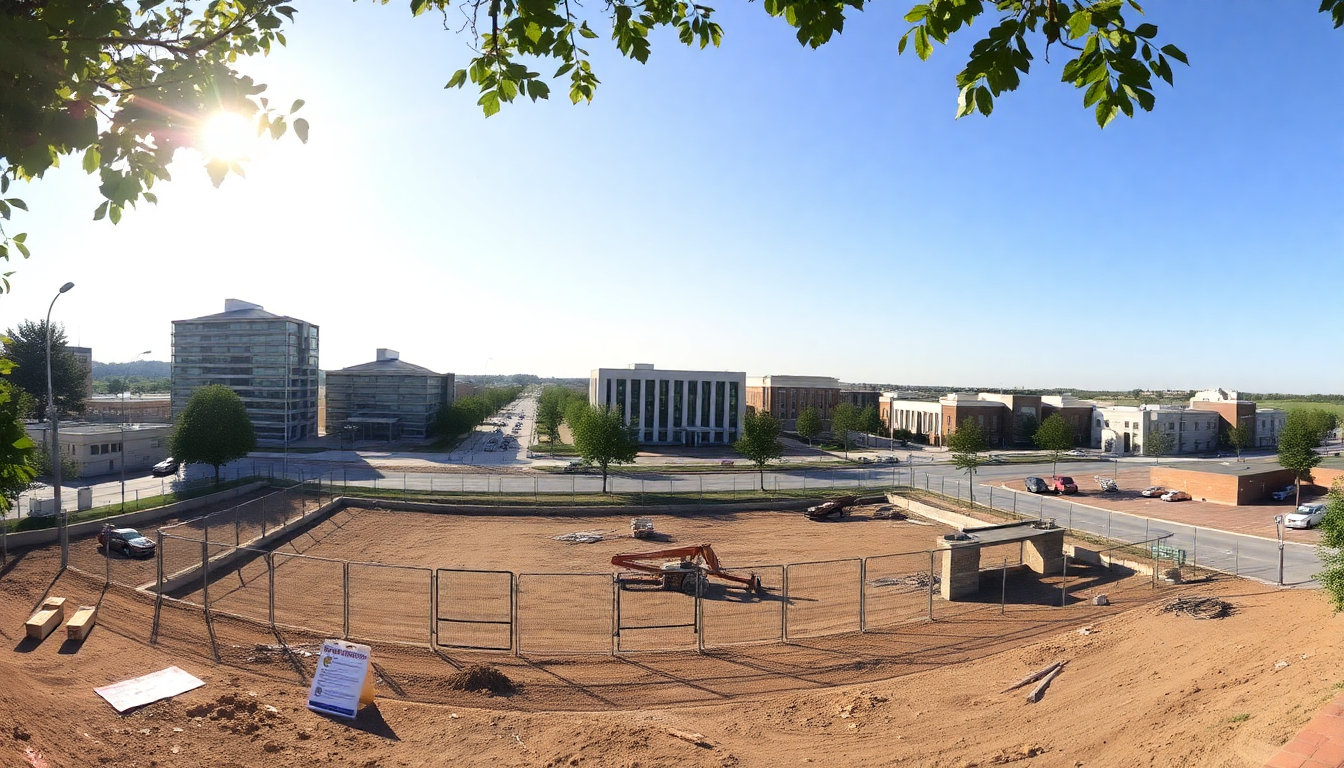Table of Contents
The financial landscape in Peel Region has undergone some significant changes recently, all thanks to shifts in government policy that have put a freeze on borrowing for local projects. This situation stems from a growing sense of instability about the future of the municipality, illustrating just how interconnected government actions are with municipal financing.
As Peel Region navigates these choppy waters, it’s crucial for everyone involved to grasp what these changes mean for the future.
The backdrop of financial constraints
Between 2023 and 2024, Peel Region, one of Ontario’s largest local governments, decided to hold off on borrowing funds due to uncertainty surrounding restructuring proposals from the Ford government.
This freeze on finances was outlined in briefing documents sent to Rob Flack, Ontario’s Minister of Municipal Affairs and Housing. The documents highlighted concerns that the ongoing speculation about potentially splitting the region was making it difficult to access capital markets.
Local governments, including Peel Region along with Brampton, Caledon, and Mississauga, found themselves seeking clarity about future service delivery, which was left hanging in the balance.
The initial announcement about splitting the Region of Peel came in May 2023, with plans for a transition board to oversee the changes, aiming for a completion date by early 2025.
But just a year later, in a surprising turn of events, the government indicated a reversal of this decision, resulting in a muddled restructuring plan. This whirlwind of policy changes left Peel Region in a tough spot regarding its financial strategies.
Impacts of legislative changes on borrowing
The legislative shifts tied to the Hazel McCallion Act, aimed at dissolving the region, only added to the confusion. A specific clause in the Act gave the transition board the authority to amend plans, creating a climate of uncertainty for potential investors.
Joe Horneck, a councillor for both Mississauga and Peel, pointed out that this clause placed the local government in a vulnerable position, raising concerns among those thinking about buying municipal debt. Investors were left questioning whether their money would be at risk due to future legislative changes.
The financial challenges faced in 2023 and 2024 forced Peel Region to lean heavily on its reserves. Horneck mentioned that while the municipality managed to navigate through these legislative hurdles, the situation could have worsened—potentially prompting the region to seek emergency funding from the province or, even worse, delay or scrap important construction projects.
A path forward: Resuming borrowing and future considerations
Fast forward to December 2024, when the dissolution of the transition board opened the door for Peel Region to start borrowing again, a move they made in April 2025. The Ministry of Municipal Affairs and Housing has expressed a commitment to investing significantly in the region and is keen to collaborate with its municipalities during this transitional phase.
Still, skepticism lingers—especially from opposition figures like Ontario NDP municipal critic Jeff Burch, who has described the government’s strategy as chaotic and irresponsible. This lack of confidence in the government’s ability to manage the situation raises broader questions about the impact of these policy shifts on municipal governance and financial health.
As Peel Region looks to the future, it’s vital for local leaders to push for stability and clarity in their financial planning. The ongoing discussions with the provincial government will be essential in ensuring that the region can effectively manage its resources and plan for sustainable growth in this ever-changing political landscape. Are you curious about what this means for your community’s future? Stay tuned, as the developments unfold!





